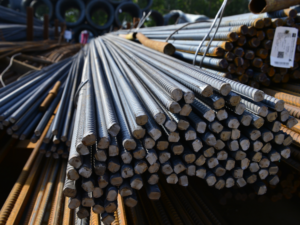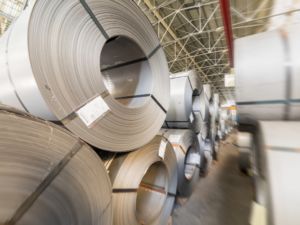Circular economic impacts will supress an estimated 483 million tonnes of steel demand by 2040, with “remanufacturing” seen growing as increased raw materials costs make steelmaking more costly, says worldsteel director, safety environment and technology Andy Purvis.
Remanufacturing – returning a product to at least its original performance levels – will extend the service life of steel, which reduces demand for new steel. At €14 billion ($17 billion), the value of remanufacturing is a lot less than other circular economy activities, particularly recycling, but it has growth potential. It is generally well-suited to high-value technical products, Purvis said at this week’s International Iron Metallics Conference 2021 attended by Kallanish.
Besides raw material costs, another remanufacturing growth driver will be the use of new fiscal instruments that could improve remanufactured goods’ competitiveness, such as carbon pricing and tax reduction. Moreover, regulatory and social trends are expected to support greater acceptance.
There are barriers, however, such as unfavourable customer attitudes towards perceived “second-hand” products, and step changes in drivetrain technologies. The internal combustion engine remains king, and the move to electric vehicles will represent a discontinuity – there will be no market for existing combustion engines as the market goes through this transition, Purvis pointed out. Electric drivetrains will meanwhile be less steel intensive in the future.
Despite this, new simpler drivetrains represent one of the highest potential new products for manufacturing, as do wind turbines.
Worldsteel expects the value of remanufacturing to grow, albeit from a low base. In 2018 European auto remanufacturing was estimated at around €8 billion, versus the €500 billion gross value of the German carmaking sector. Its value could however grow to €30 billion by 2050. The total size of the four remanufacturing sectors could grow to €29-47 billion by 2050.
The cumulative volume of retained steel from remanufacturing to 2050 is seen at 20-31mt. The total circular economic impact on steel demand is therefore small but with potential to grow, Purvis concluded.
Adam Smith Germany






